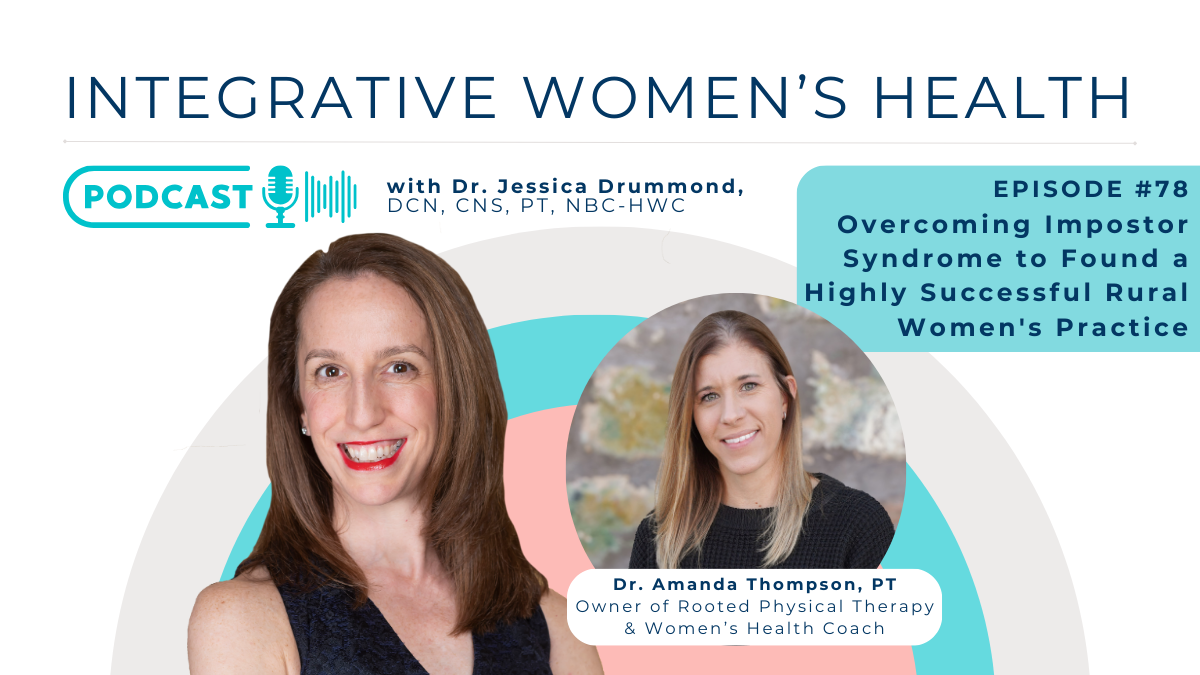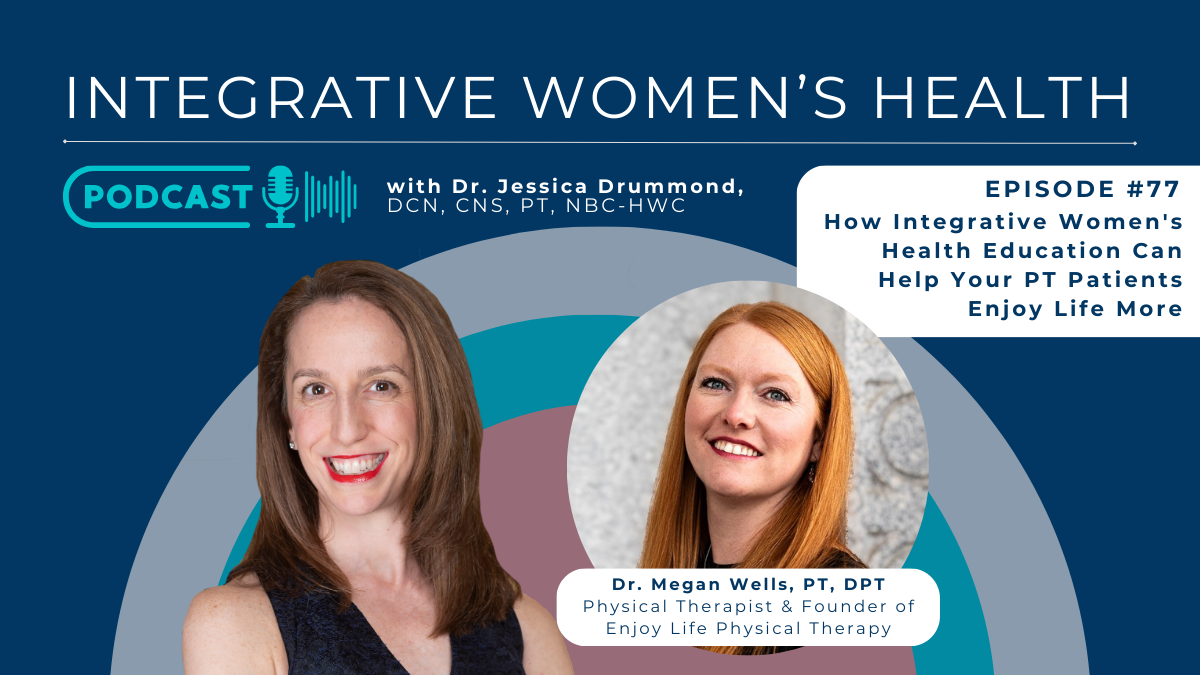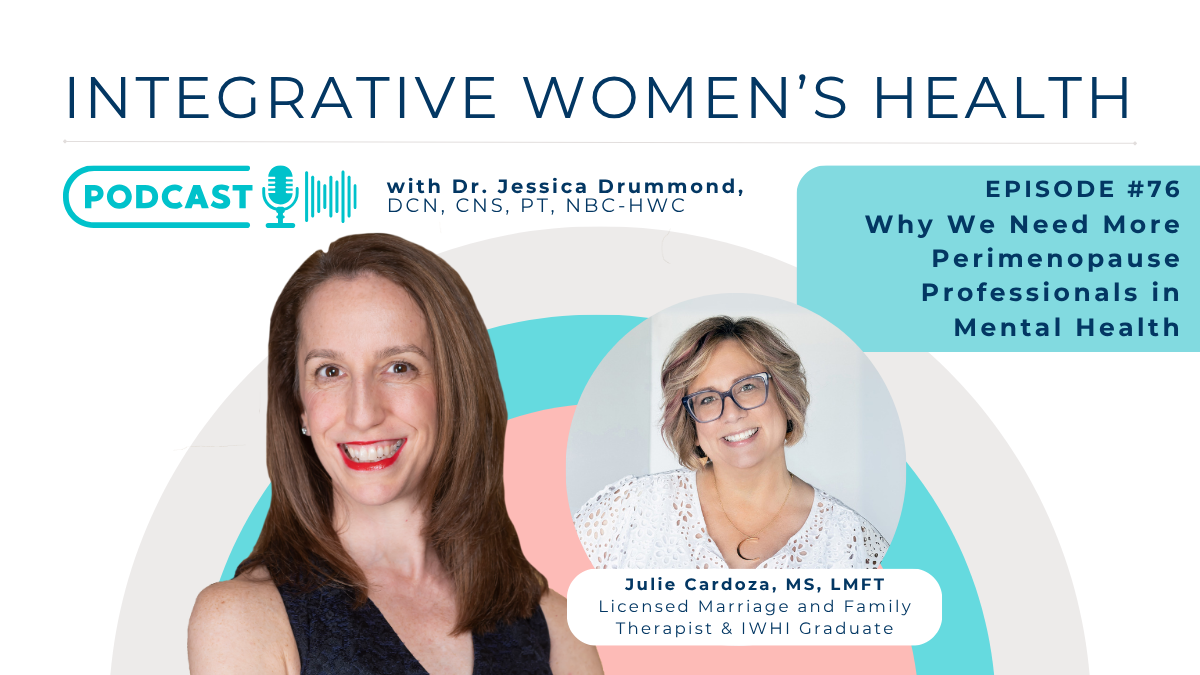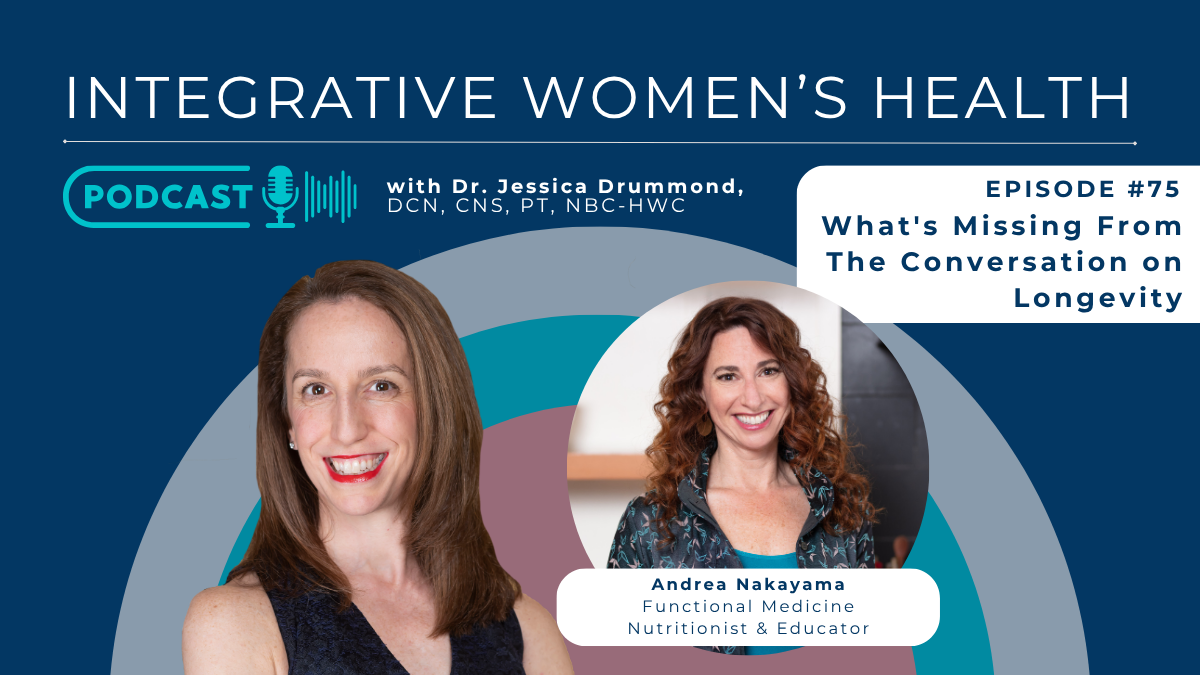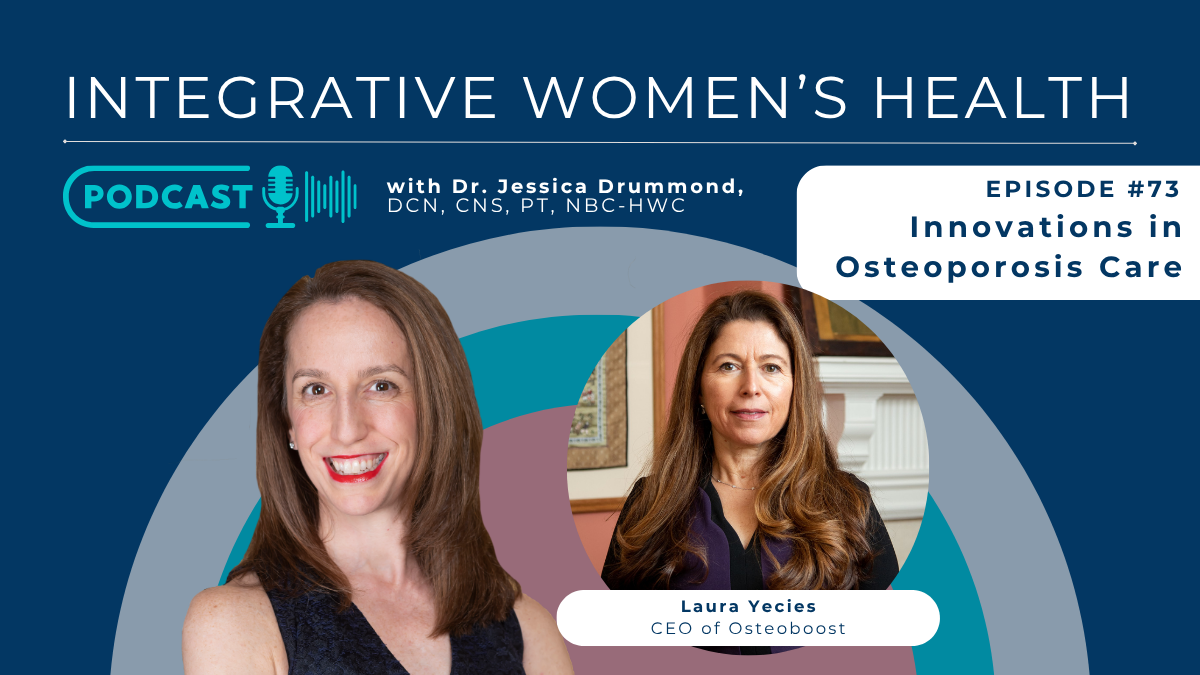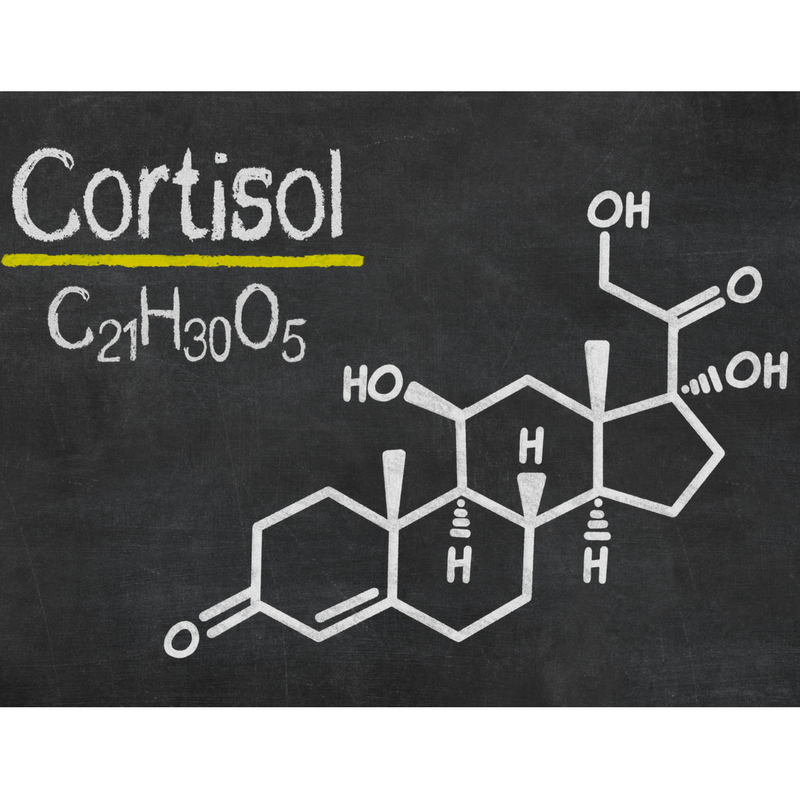
Cortisol and Pelvic Pain
Imbalanced cortisol levels throughout the day have been directly related to chronic pain, in general and in patients with chronic pelvic pain. High cortisol and pelvic pain is more often found in men with pelvic pain, and in women with pelvic pain, flattened cortisol curves are more common (Goodin et al., 2012.)
Surprisingly, the foundation of the endocrine system is not the sex hormones, it’s the hypothalamic-pituitary-adrenal axis (HPA axis), otherwise known as the stress buffering system.
The challenge that women with chronic pain (and, actually most women) deal with… is that in modern life there is constant stress, anxiety, and worry. Our physiologic system that was designed to stimulate an appropriate response to help buffer stress is much better designed for an acute stress like fighting off a predator. The system is not well designed for dealing with chronic stress, such as international flights, shift work, chronic sleep deprivation, the constant notifications from your cell phone, high levels of blue light and EMF exposure, eating a lot of sugar, or being chronically dehydrated. In fact, the whole notion of fight-or-flight is usually not the best response for women. Women are better adapted to “tend and befriend.” (More on that another day.)
The Stress Response
Here’s a simplified version of how the stress response works. When you feel stressed, your hypothalamus (a part of your brain) releases corticotropin-releasing hormone (CRH.) CRH exerts it affects on the pituitary gland. Your pituitary gland sits just below the hypothalamus. In response, your pituitary releases adrenocorticotropin hormone (ACTH.) ACTH signals the adrenal glands to release epinephrine and norepinephrine (catecholamines), and cortisol (a type of steroid hormone.)

Epinephrine and Norepinephrine are also called adrenaline and noradrenaline.
Do you know what epinephrine feels like? It’s that racy hormone that seems to just shoot through your body when you walk into a room and see your toddler standing on top of the dresser. Or, when the phone rings, and someone says, “It’s about your mother.”
Are you with me now?
So, epinephrine and norepinephrine are released from the medulla of the adrenal gland which is similar to an organ that would normally be found within your sympathetic nervous system (SNS.) The SNS is the part of the nervous system that triggers the “fight or flight” response, in contrast to the parasympathetic nervous system (PSNS), which triggers “rest and digest.”
The other region of each adrenal gland (there are two, one on top of each kidney) is called the cortex. One of the hormones that is released into the blood stream by the cortex is called cortisol.
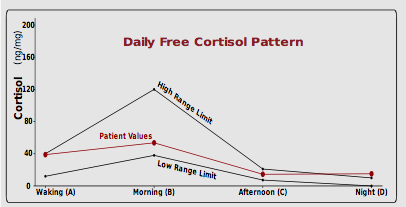
There is a circadian rhythm to normal cortisol levels. It’s normal for your cortisol levels to be higher in the morning. An appropriate amount of cortisol is important for getting you out of bed, and a quick burst of cortisol in the case of a chasing lion can be great for dumping sugar into your blood for a quick burst of energy, and for temporarily sharpening your focus.
However, it’s very common to see abnormal cortisol levels, or abnormal cortisol rhythms in women who have chronic pelvic pain.
High cortisol is directly related to chronic pain, as is low cortisol (Hannibal & Bishop, 2014.) Helping your clients to return to and maintain normal cortisol levels and rhythms is key to pelvic pain relief.
A mildly elevated level of cortisol in the morning is ideal. You likely have good cortisol levels if you can easily and energetically get up and going in the morning without coffee. In addition, small bursts of cortisol, epinephrine and norepinephrine, are healthy, normal, and adaptive if you have a bit of increased stress in your life occasionally – a few times per month, or even per year. These adaptive cortisol bursts will give you bursts of blood sugar and energy, sharpen your focus, strengthen your immune resistance, and make you less sensitive to pain if you really do have to run or manage a very stressful situation.
Between stressors, your stress hormones should drop back down to normal levels to allow your body to recover. Cortisol levels should be low at night so that you can easily fall asleep. Cortisol inhibits melatonin, so those with high levels of cortisol at night, will have difficulty falling asleep.
If stress hormone levels are elevated chronically, eventually the system will lose resilience.
Signs of chronically high cortisol, or cortisol rhythm problems include… chronic anxiety, sugar cravings, fatigue from exhaustion – but, you can’t sleep well, brain fog, low libido, loss of bone density, increased belly fat, and having chronic colds, flus, or other viruses and infections. Pain is also exacerbated by cortisol imbalances.
When the HPA Axis system is significantly strained, the symptoms can be severe, extreme exhaustion, chronic infections, loss of fertility, memory issues, weight loss resistance, and more. As one of my clients recently described, “I really couldn’t even care anymore. I thought that I was going to die, and I just didn’t think there was anything I could do. So, I completely stopped caring.”
In fact, a more resilient HPA Axis is associated with more robust physical performance in elderly cohorts (Gardner et al., 2013). Thus, improving the resilience of the HPA Axis is an important factor in maintaining strength and mobility as a part of longevity.
How to Optimize HPA Axis Resilience
The good news is that there is a lot that can be done to nourish the endocrine system, and optimize cortisol levels and rhythms to reduce pain and fatigue, improve energy, resilience to stress, and active longevity….
1. Keep blood sugar stable with food. Eat protein, healthy fat, and fiber at every meal. Start with a protein rich, savory breakfast.
Here are some great ideas:
2. Increase intake of adrenal supportive nutrients. Food for the adrenals includes B vitamins, Vitamin C, Magnesium, and Probiotics.
Here are some great recipes that are filled with adrenal nutrients:
3. Consider adaptogenic herbs. Ideally these recommendations will be personalized to you by your functionally trained nutritionist, MD or ND.
4. Don’t underestimate the power of quality sleep.
Shut off all blue light devices by 8pm. Sleep in a dark room, ideally without any plugged-in electronics (get a battery powered alarm clock.) And, create a simple bedtime routine of light reading, a warm shower, and lavender essential oil.
References:
Gardner, M. P., Lightman, S., Sayer, A. A., Cooper, C., Cooper, R., Deeg, D., … the Halcyon Study Team. (2013). Dysregulation of the hypothalamic pituitary adrenal (HPA) axis and physical performance at older ages: An individual participant meta-analysis. Psychoneuroendocrinology, 38(1), 40–49. http://doi.org/10.1016/j.psyneuen.2012.04.016
Goodin, B. R., Quinn, N. B., King, C. D., Page, G. G., Haythornthwaite, J. A., Edwards, R. R., … McGuire, L. (2012). Enhanced cortisol increase upon awakening is associated with greater pain ratings but not salivary cortisol or soluble tumor necrosis factor-α receptor II responses to acute pain. The Clinical Journal of Pain, 28(4), 291–299. http://doi.org/10.1097/AJP.0b013e31822cf542
Hannibal, K. E., & Bishop, M. D. (2014). Chronic Stress, Cortisol Dysfunction, and Pain: A Psychoneuroendocrine Rationale for Stress Management in Pain Rehabilitation. Physical Therapy, 94(12), 1816–1825. http://doi.org/10.2522/ptj.20130597


